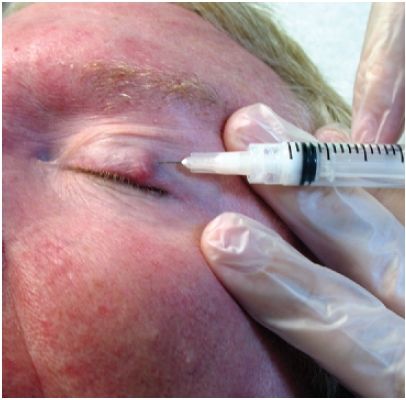FIGURE 4.1 Superior eyelid. The tarsus forms the skeleton of the eyelid and contains the tarsal glands. (From Tank PW, Gest TR. Lippincott Williams & Wilkins Atlas of Anatomy. Philadelphia, PA: Lippincott Williams & Wilkins, 2009.)
PATIENT POSITION
- Supine on the examination table with the head of the bed elevated 30 degrees.
- The patient’s hands are folded in his or her lap.
- The clinician stands lateral to the patient, on the same side as the chalazion.
ANESTHESIA
- Topical corneal anesthesia is never provided so that inadvertent introduction of the needle through the eyelid, through the conjunctiva, and into the globe cannot occur.
- Topical vapocoolant spray cannot be used around the eyes, unless measures are taken to prevent inadvertent exposure to the cornea. The author uses Gebauer’s Pain Ease mist spray directed onto the injection site in conjunction with a transparent Lexan plate with a 4-mm conical opening (Brymill Cryoplate) that restricts the application and prevents overspray into the eyes. Injection of local anesthetic into the skin of the eyelid is not used. Local injection of anesthetic in this location causes swelling that obliterates the location of the chalazion.
EQUIPMENT
- (Optional) Corneal eye shield protectors (Kolberg Optical Supplies, Inc. http://www.corneaprotectors.com/)
- (Optional) Cryoplate (Brymill Cryogenic Systems. 105 Windermere Ave. Ellington, CT 06029. http://brymill.com/)
- (Optional) Gebauer’s Pain Ease mist topical vapocoolant spray
- 3-mL or a tuberculin syringe
- 30-gauge, 1/2-in. needle
- 0.1 mL of the steroid solution (40 mg/mL of triamcinolone acetonide)
- One alcohol prep pad
- Two povidone–iodine prep pads
- Sterile gauze pads
TECHNIQUE
1. (Optional) Corneal eye shield protectors may be used to protect the cornea and globe.
2. Identify the injection site a few millimeter lateral to the chalazion. Prep the insertion site with alcohol followed by the povidone–iodine pads.
3. (Optional) A chalazion clamp may also be used, if desired, to stabilize the lesion. However, use of this instrument requires both infiltration local anesthesia and topical corneal anesthesia.
4. (Optional) At the injection site, firmly place the Brymill Cryoplate 4-mm conical opening onto the skin and then direct Gebauer’s Pain Ease mist spray for several seconds until a white flash is observed on the skin surface. Stop spraying and remove the plate.
5. With your fingertips, apply lateral traction to the eyelid to stretch and fix the skin.
6. Approach the eyelid from a lateral to a medial direction.
7. To ensure safety, make sure that the needle is oriented parallel to the surface of the globe of the eye.
8. Using the no-touch technique, insert the needle through the skin external to the eyelid about 0.5 cm lateral to the chalazion (Fig. 4.2).
9. Advance it slowly and carefully into the center of the lesion.
10. After insertion into the chalazion, confirm accurate placement by moving the needle slightly from side to side to ensure that the lesion moves with the needle.
11. Inject 0.1 mL (4 mg) of the steroid solution (40 mg/mL of triamcinolone acetonide) into the chalazion.
12. Remove the needle and apply direct pressure with the gauze pad.

FIGURE 4.2 Chalazion injection.




